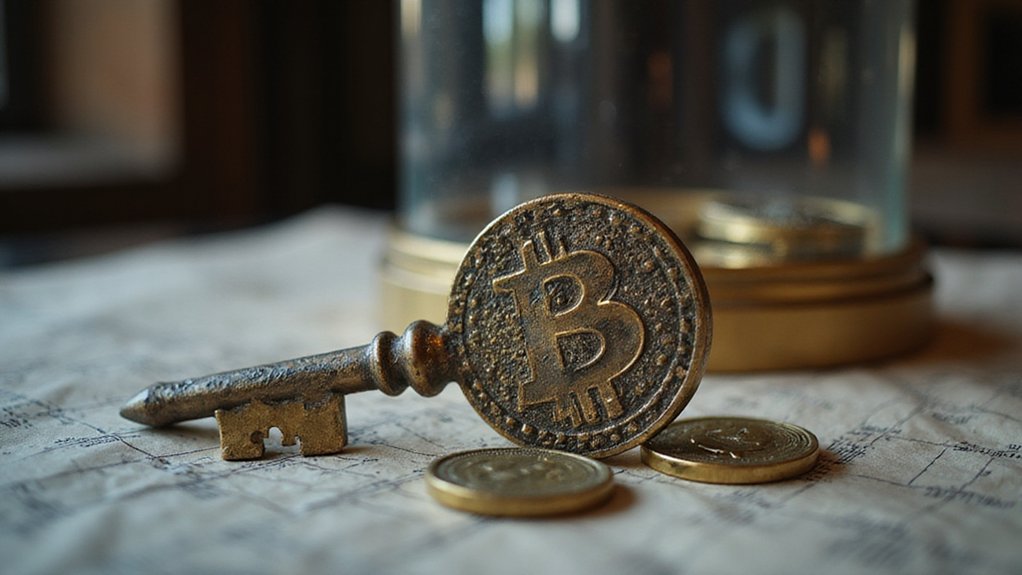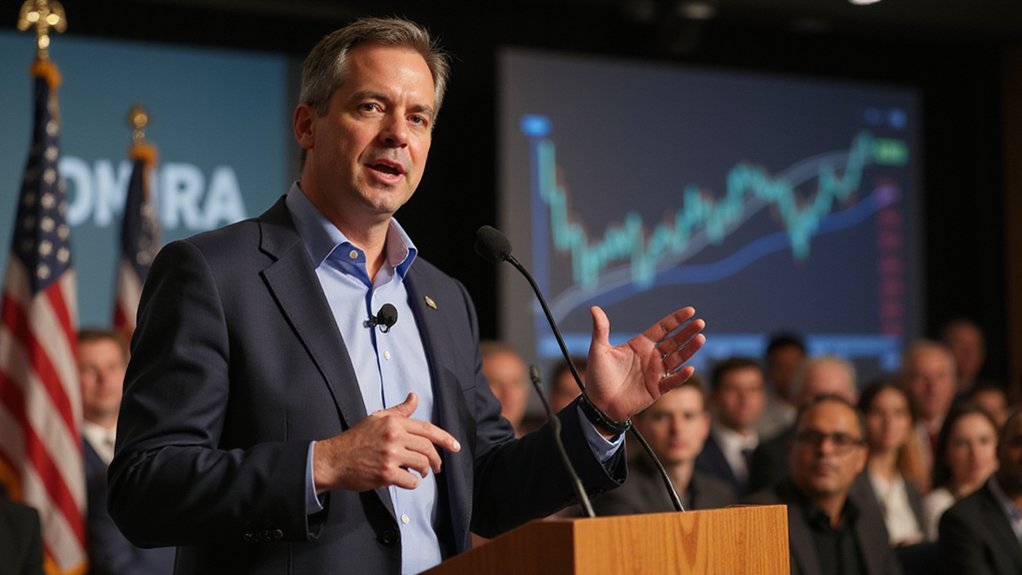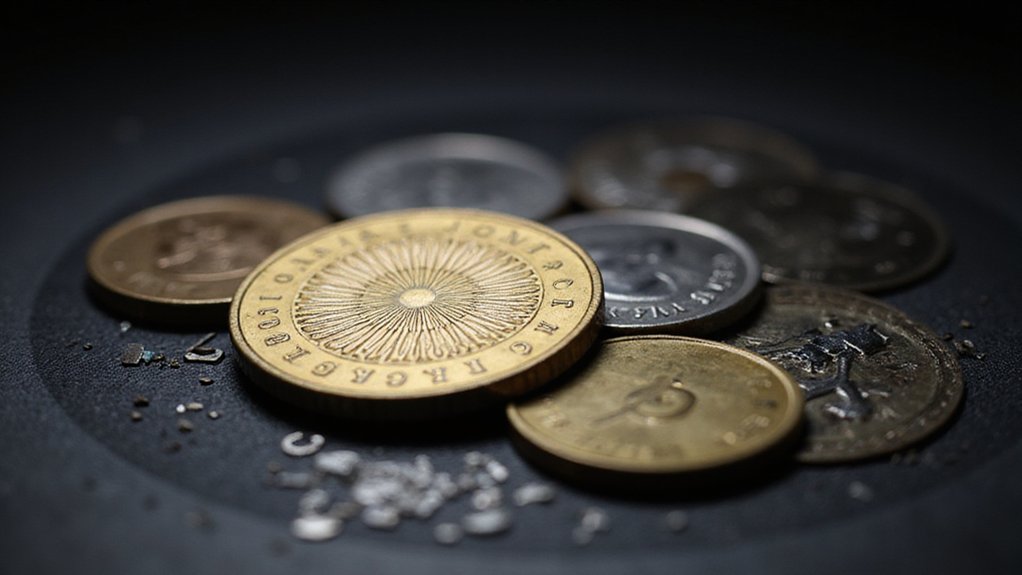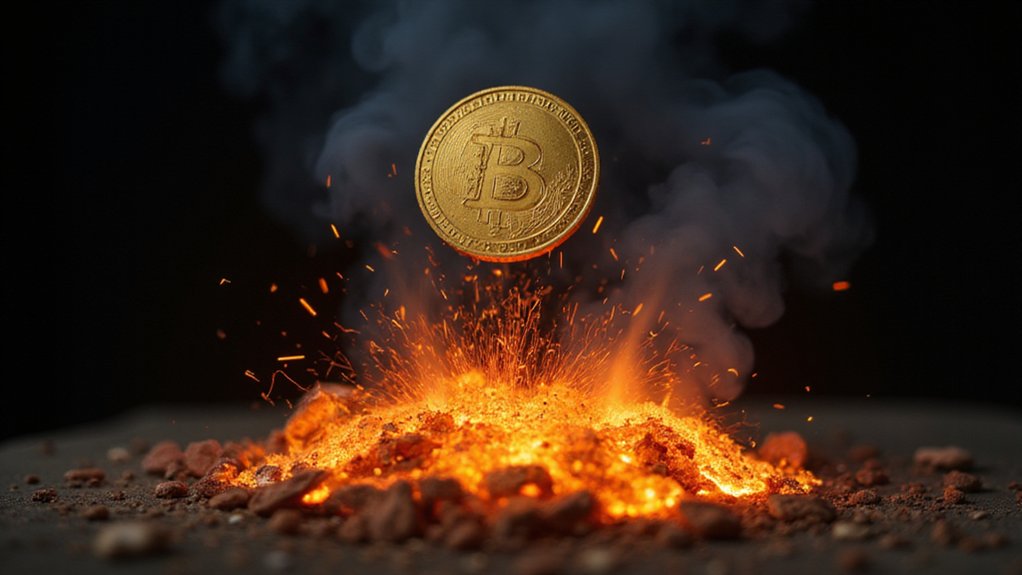When President Trump signed his Executive Order establishing a Strategic Bitcoin Reserve in March 2025, the administration promised an extensive cryptocurrency blueprint that would cement America’s position as the global leader in digital asset regulation—yet the resulting framework reveals more about the inherent contradictions of governing an industry you’re actively profiting from than it does about sound monetary policy.
The Strategic Bitcoin Reserve itself operates on a peculiar premise: treating bitcoin as a national store of value while explicitly prohibiting its sale, effectively creating a digital Fort Knox that never opens its vaults. The reserve sources bitcoin from Treasury forfeiture assets, with secretaries authorized to pursue “budget-neutral” acquisition methods—a euphemism that raises questions about what constitutes truly costless accumulation of volatile digital assets.
More telling is the administration’s approach to conflicts of interest. Nineteen White House officials collectively hold $875,000 to $2.35 million in the very cryptocurrencies being elevated to reserve status, while Trump himself maintains business relationships with Solana (complete with a memecoin launch) and holds Ethereum outside official reserves. Among these officials, sixteen staffers specifically reported holding Bitcoin, making it the most popular cryptocurrency within the administration.
The Trump family’s crypto ventures have reportedly generated hundreds of millions since the 2024 election, creating an uncomfortable overlap between personal enrichment and public policy. The appointment of a dedicated crypto czar demonstrates the administration’s commitment to institutionalizing digital asset oversight within the executive branch.
The administration’s thorough crypto report, finally released after months of anticipation, attempts to thread an impossible needle. Dubbed a “regulatory Bible” by senior officials, it covers banking, stablecoins, tax policy, and illicit finance while simultaneously endorsing expanded digital asset stockpiling. The administration positions bitcoin as digital gold due to its scarcity and security features, with a fixed supply capped at 21 million coins.
The report acknowledges limitations on asset acquisition methods—a tacit admission that the grand promises of a thorough national stockpile may exceed practical implementation capabilities.
Industry voices predictably praised the blueprint for enhancing competitiveness, yet the framework’s most glaring omission remains its failure to address the fundamental question of whether treating volatile digital assets as strategic reserves serves any coherent monetary purpose beyond market manipulation.
The House has passed three major crypto bills awaiting Senate action, but legislative momentum cannot mask the underlying contradiction: a crypto policy designed by crypto holders inevitably prioritizes appreciation over genuine financial stability.









